Agape Ohtsuru Museum(AOM) was introduced on TV
Agape Ohtsuru Museum(AOM), Kansai’s newest attraction, was introduced in “Oh! Sun Television” on March 29th, 5:15PM~5:30PM
 Please listen by downloading the free ListenRadio app. Download the app here
Please listen by downloading the free ListenRadio app. Download the app here
Exhibition News
Agape Ohtsuru Museum Special Exhibition「Lithograph Poster Exhibition by the Masters of École de Paris~The Mourlot Studios loved by the artists of the 20th century~」
Mammoth Tusk
5th Anniversary Special ExhibitionThe deep secret of the eight-faced monkey story
Imperial Furniture of the Qing Dynasty―Red sandalwood flying dragon engraved luohan sofa and ornamental cabinet―
Ivory Sculpture Piece Agape Group Diorama 1/100
Special Exhibition―The Great Terracotta Warriors and Copper Carriage Exhibition
Art and Craftwork of the Edo Era loved by the 64th and 65th Prime Minister Kakuei Tanaka
Shibayama Craftsmanship -Third anniversary special exhibition work-
Carriage of the Lord (Palanquin) -Third anniversary special exhibition work-
National Treasure Yakushiji Temple East Tower (4F)
Figure of Ivory Tower Goddess and Wizards (4F)
「Pietà」(Ivory Sculpture Piece) (4F)
Himeji Castle (Largest in world ivory sculpture) (1F)
Exhibition: The One and Only Blessed Virgin Mary (4F)
Special Exhibition commemorating Agape Ohtsuru Museum’s 2nd Anniversary
Access to Arima Onsen
【By Car】
Drive to Arima Onsen in just 15 minutes without traffic!!
After exiting Agape Ohtsuru Museum, take a right at the Juurinji intersection, and drive straight on the Arima Highway after getting on the Nishinomiya North toll road.
Access from the Himeji Castle
【By Car】
Approximately 1 hour via Sanyo Expressway!
The route is an easy and safe drive with mainly highways.
Hugely popular among those who visited the Himeji Castle!!
Click here for Largest in world Ivory Himeji Castle Sculpture
You will be able to see the courtyard in front of the Tenshukaku castle tower, which is usually not open to the public!
Access from Kyoto
【By Car】
Approximately 1 hour utilizing the Meishin Expressway and Chugoku Expressway!
Merely a 60km drive, mainly on freeways, which makes for an easy drive!
Great reviews from those who visited old capital, Kyoto!!
Click here for current events
You will be blown away by the rarity and high quality of the pieces!
Facility information
Pick Up












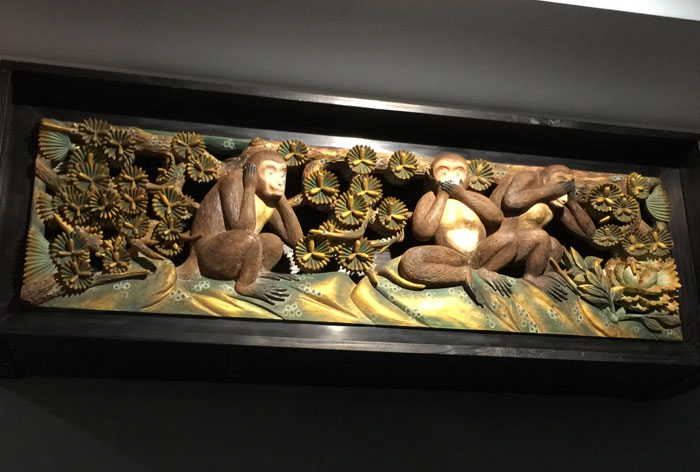

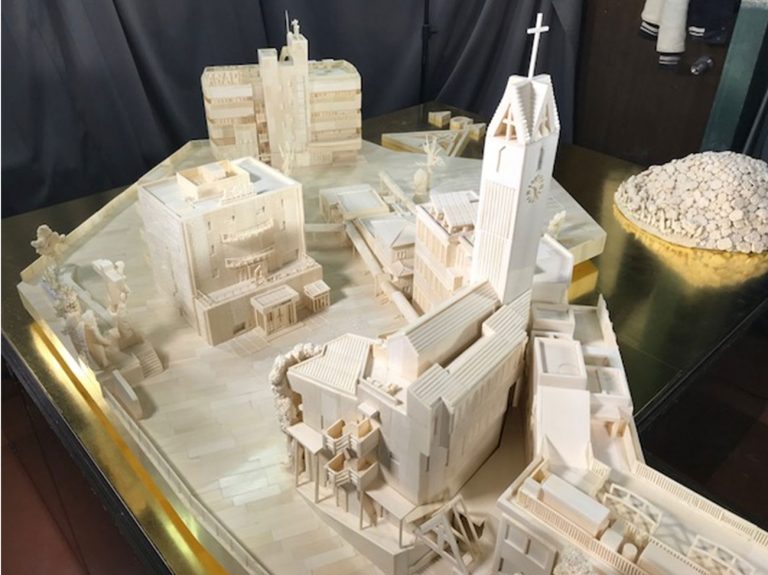
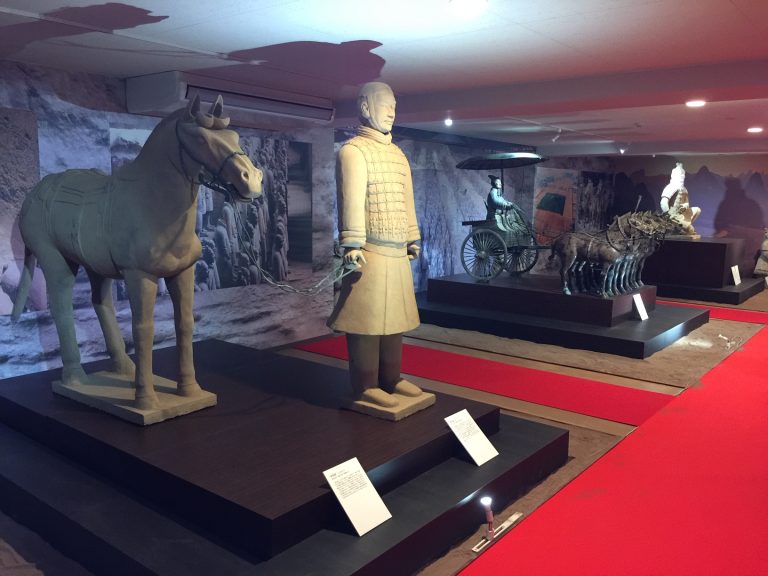


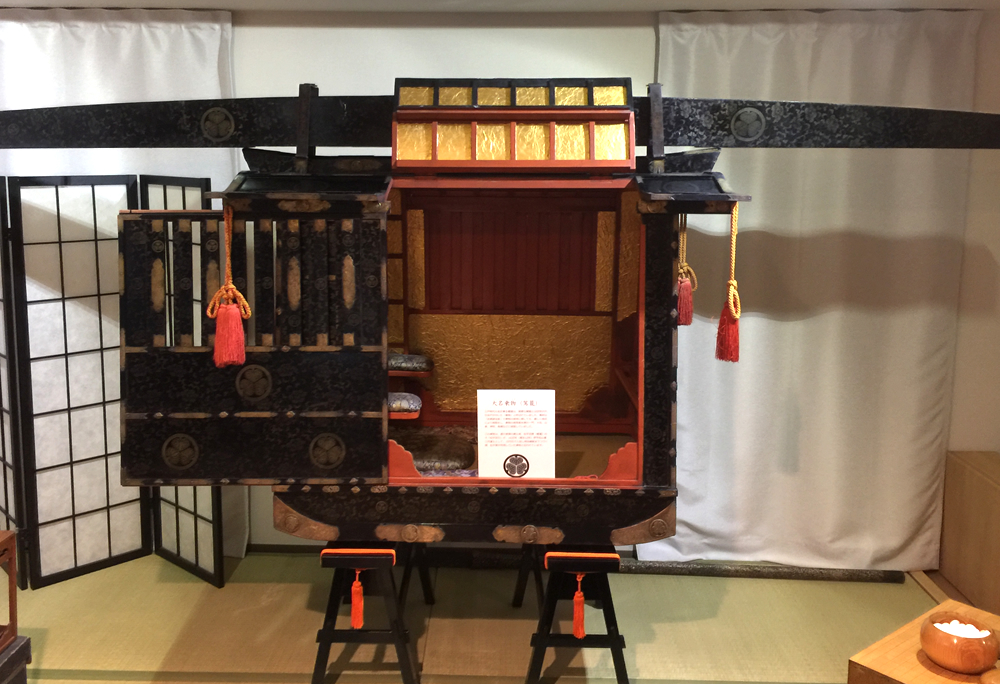

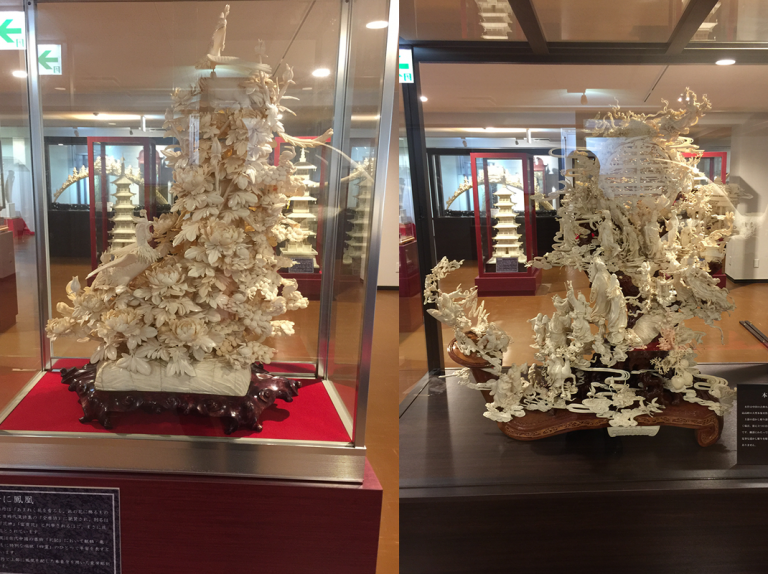
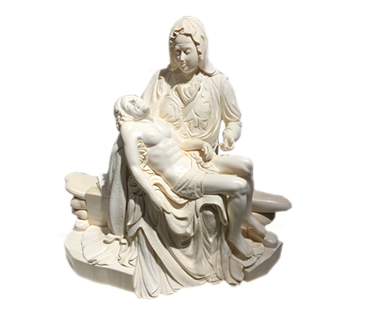
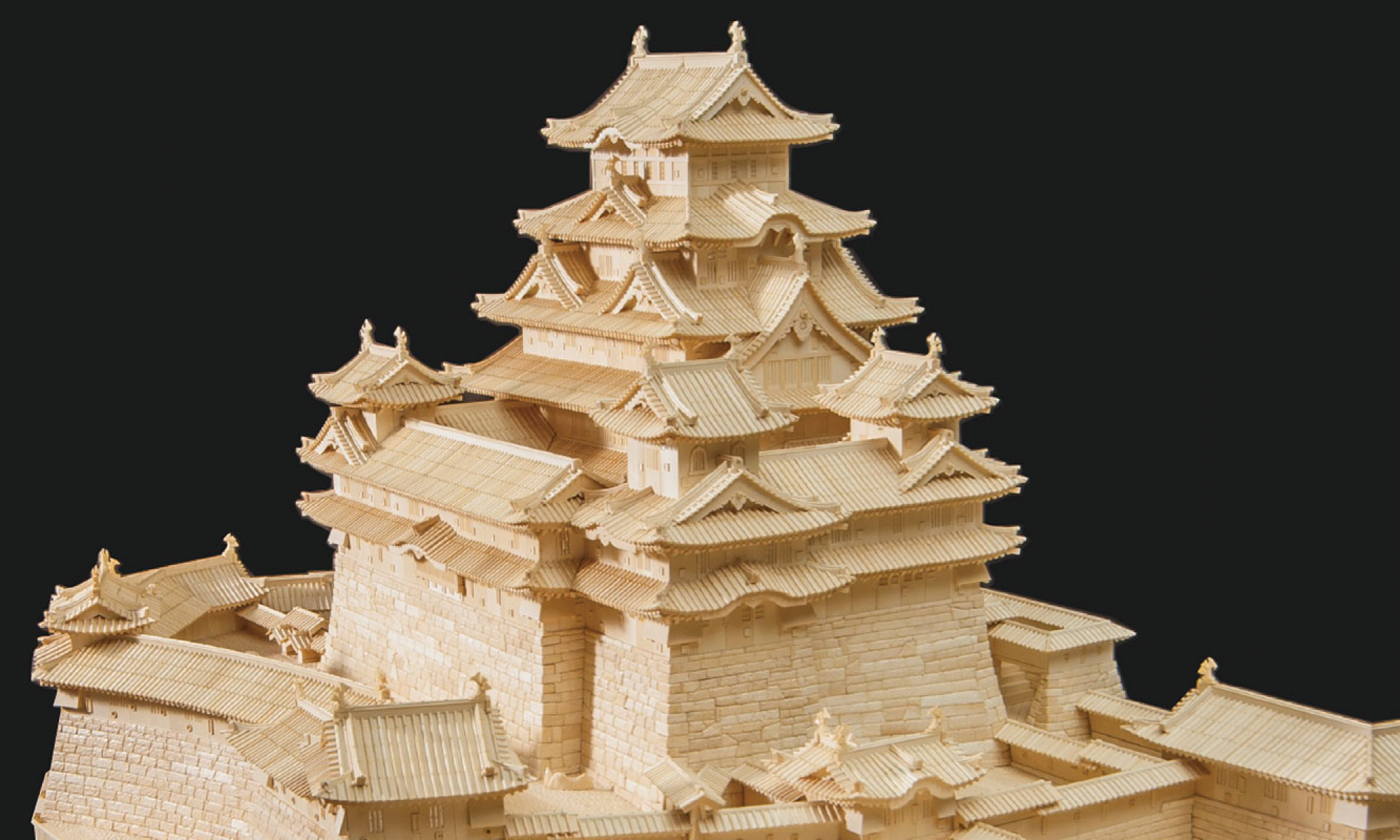


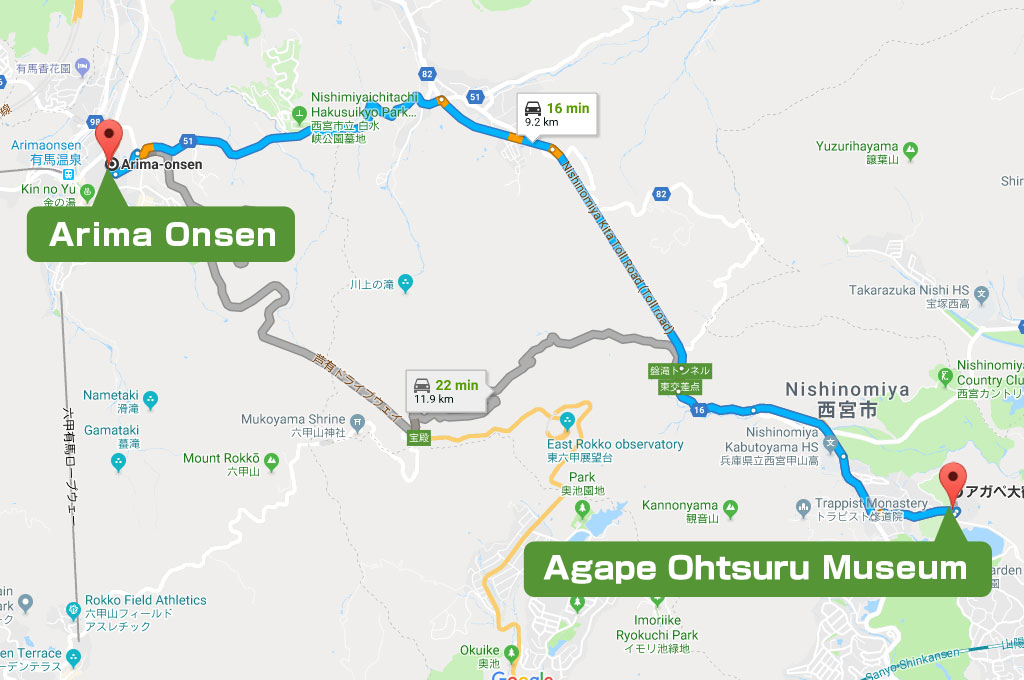
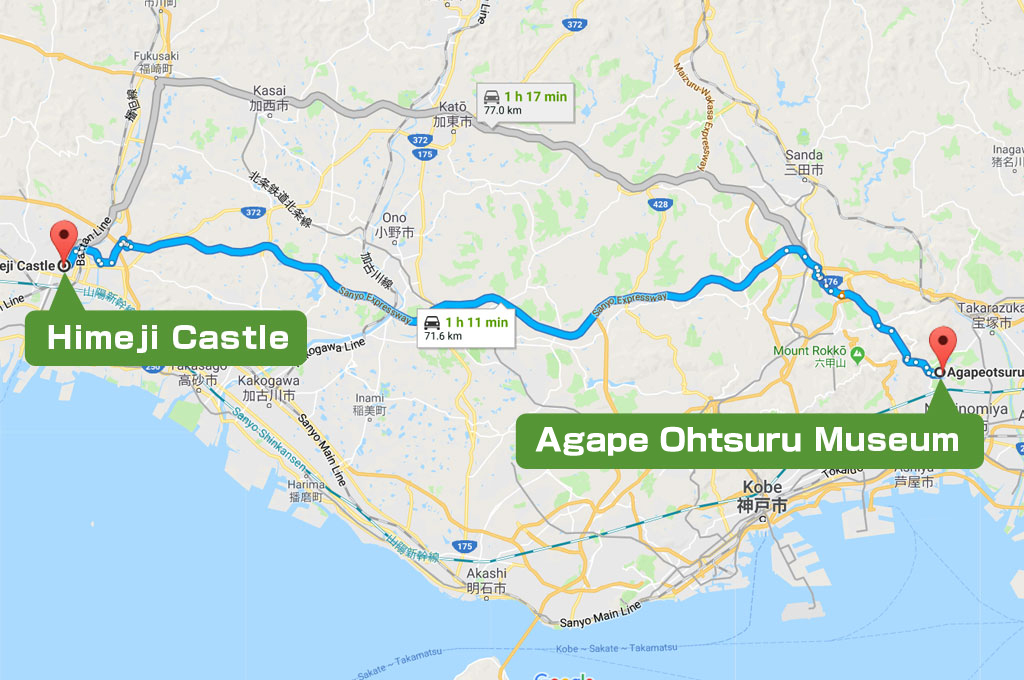
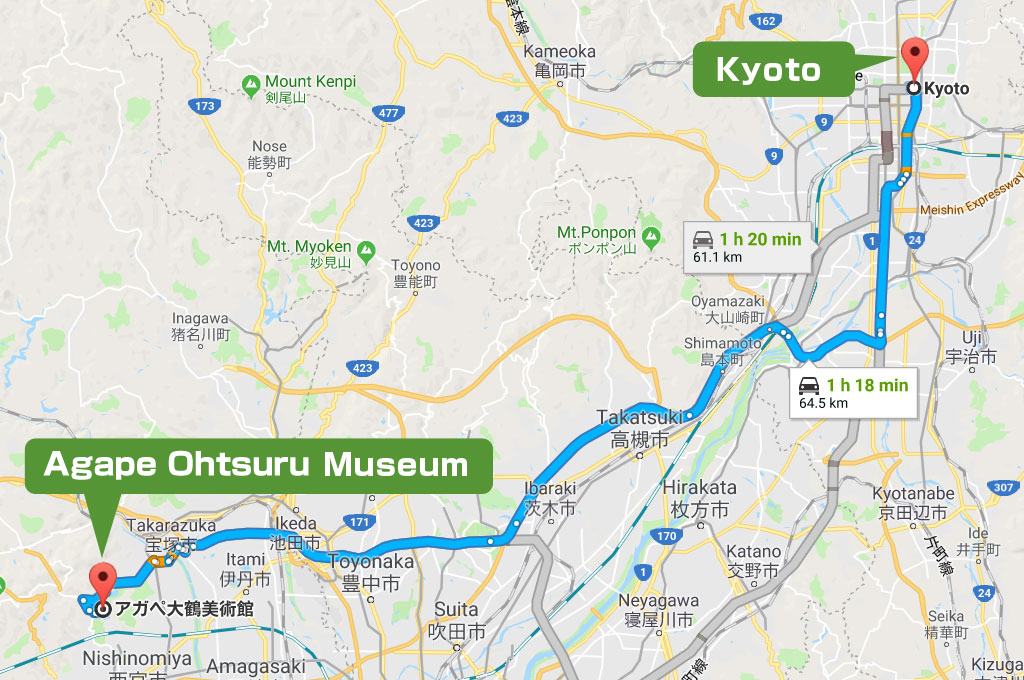
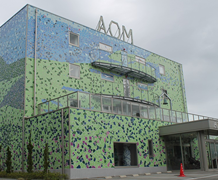
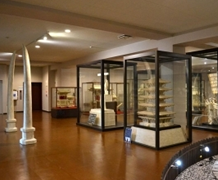
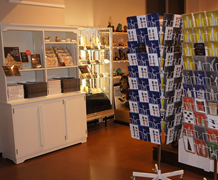

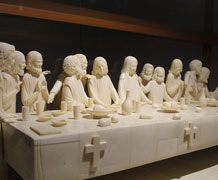

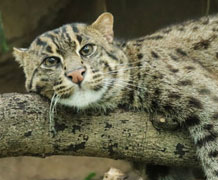


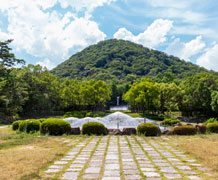
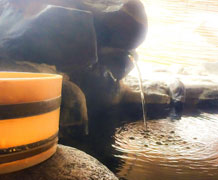





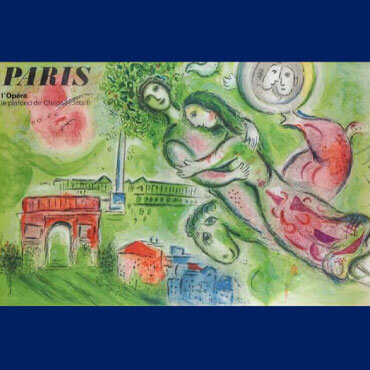
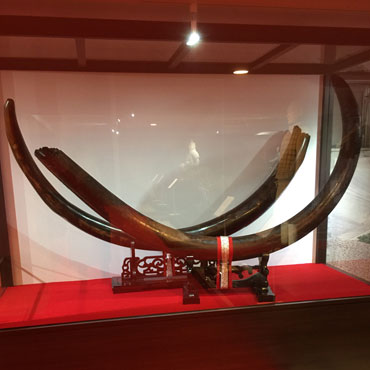
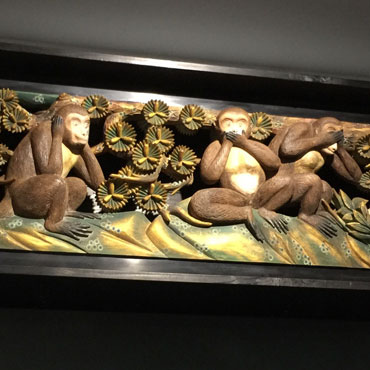

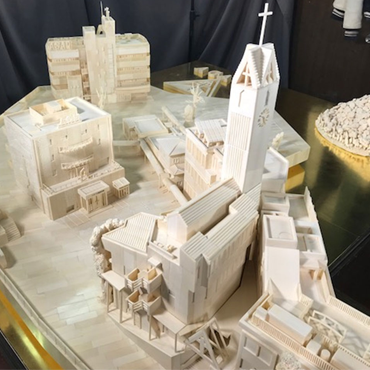
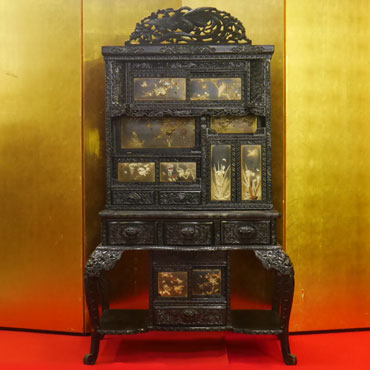
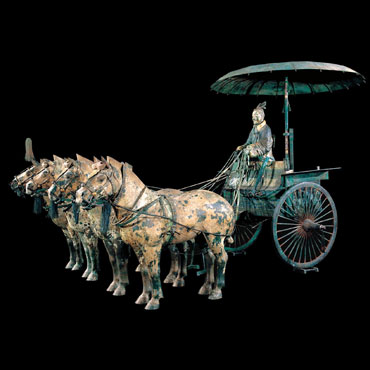
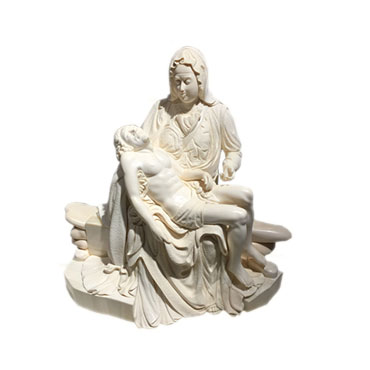
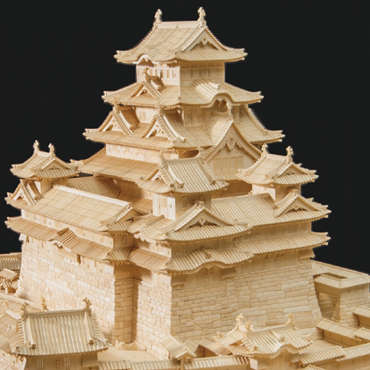




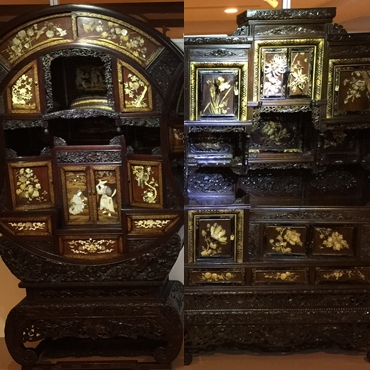
Himeji Castle